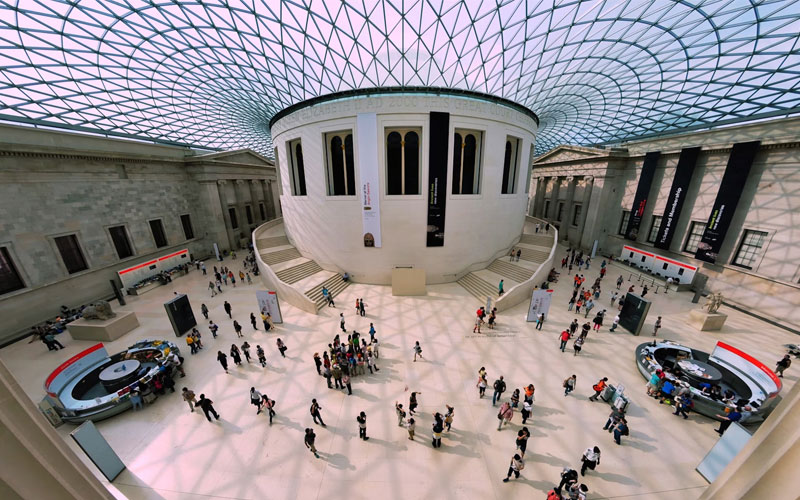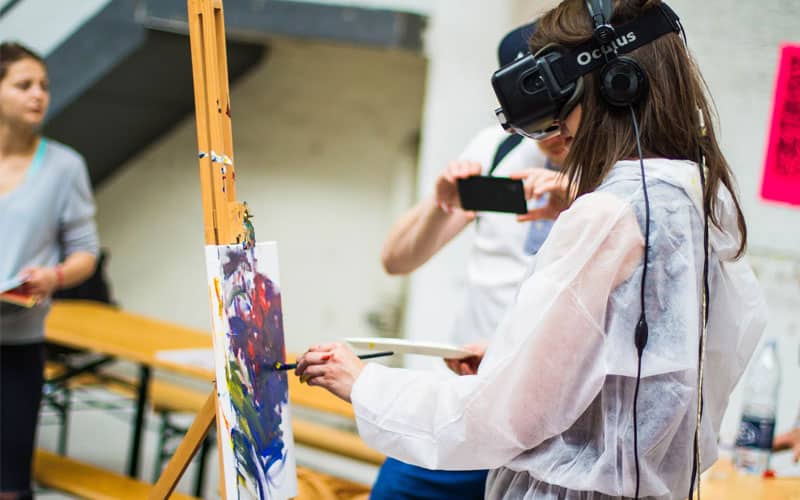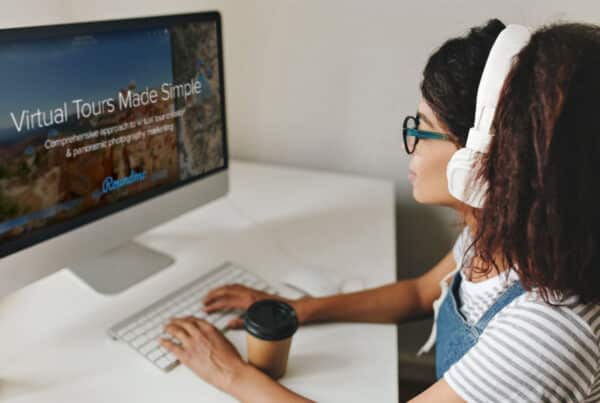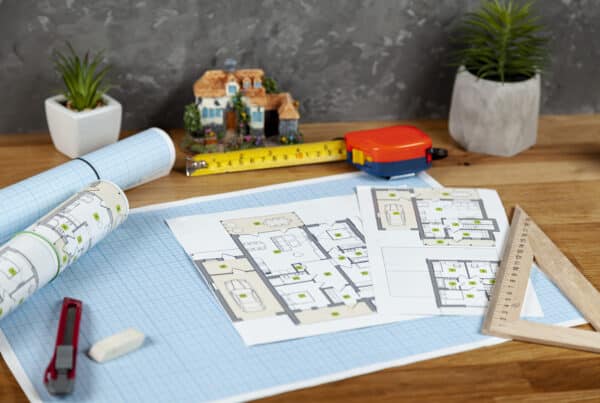
The evolution of technology has consistently transformed the way we experience the world. One of the most exciting advancements in recent years is virtual reality (VR), a technology that immerses users in a digitally created environment. While VR has made significant strides in gaming and entertainment, its application in museums holds profound potential for education, art appreciation, and cultural preservation. “Museums Virtual Reality” is a phrase that signifies this groundbreaking intersection of technology and cultural heritage, where virtual reality enhances our engagement with art, history, and culture in unprecedented ways.
The Rise of Virtual Reality in Museums
Museums have long been sanctuaries of learning and wonder, offering glimpses into the past, present, and future through their curated exhibits. However, physical limitations, such as geographic distance and exhibit fragility, can restrict access to these treasures. Enter virtual reality. By leveraging VR technology, museums can transcend these barriers, making their collections accessible to anyone with an internet connection.
1. Expanding Accessibility:
One of the most significant benefits of incorporating VR into museums is the expansion of accessibility. Virtual tours allow people from around the globe to visit museums they might never have the chance to see in person. For instance, the British Museum offers a virtual tour of the Rosetta Stone, enabling users to explore this iconic artifact from the comfort of their homes. This democratization of access is particularly impactful for educational purposes, providing students and researchers with invaluable resources without the need for travel.
2. Preserving Fragile Artifacts:
Many historical artifacts and artworks are too fragile to be displayed or transported. VR provides a solution by creating high-fidelity digital replicas that can be viewed in virtual spaces. This not only helps in preserving the originals but also allows for detailed, up-close inspections that might be impossible otherwise. The Smithsonian Institution, for example, has digitized many of its collections, including the Apollo 11 Command Module, offering an immersive experience that would be impossible with the physical artifact alone.
3. Enhancing Visitor Engagement:
Museums Virtual Reality enhances visitor engagement by offering interactive and immersive experiences. Traditional museum visits can sometimes be passive, with visitors merely observing exhibits. VR transforms this by allowing users to interact with exhibits in a more dynamic way. Imagine stepping into a VR experience where you can walk through an ancient Egyptian tomb, examining hieroglyphics and artifacts as if you were an archaeologist. This level of engagement not only makes the experience more enjoyable but also deepens the educational impact.
Case Studies: Museums Leading the Way

Several museums have already embraced VR technology, setting inspiring examples for others to follow.
1. The Louvre Museum:
The Louvre in Paris, one of the world’s most renowned museums, offers a VR experience called “Mona Lisa: Beyond the Glass.” This VR tour provides an intimate look at Leonardo da Vinci’s masterpiece, allowing users to explore the painting in unprecedented detail and learn about its history and restoration. This experience transforms the way visitors interact with one of the most famous artworks in the world.
2. The National Museum of Natural History:
The National Museum of Natural History in Washington, D.C., offers a VR tour of its Hall of Fossils. Users can explore the museum’s extensive collection of dinosaur fossils and other prehistoric creatures. This virtual tour includes interactive features, such as the ability to view the skeletons from different angles and learn about the creatures’ habitats and behaviors. This immersive experience brings the distant past to life in a way that static displays cannot.
3. The Anne Frank House:
The Anne Frank House Virtual Tour in Amsterdam provides a poignant VR experience that allows users to explore the secret annex where Anne Frank and her family hid during World War II. This virtual tour offers a deeply emotional and educational experience, giving users a sense of the cramped conditions and the historical context of Anne Frank’s diary. By preserving this important historical site through VR, the museum ensures that Anne Frank’s story continues to be told to future generations.
The Future of Museums Virtual Reality

The integration of VR in museums is still in its early stages, but the future holds immense possibilities. As technology advances, the quality and realism of VR experiences will continue to improve, offering even more compelling and immersive encounters with art, history, and culture.
1. Collaborative Virtual Exhibits:
Future developments could include collaborative virtual exhibits, where multiple museums contribute to a single VR experience. For example, a VR exhibit on the Renaissance could feature artworks and artifacts from museums around the world, creating a comprehensive and multifaceted exploration of the period. This would not only enhance the educational value of the exhibit but also foster collaboration between institutions.
2. Augmented Reality Integration:
While VR offers fully immersive experiences, augmented reality (AR) can enhance physical museum visits by overlaying digital information onto real-world exhibits. Visitors could use AR glasses or mobile devices to access additional content, such as historical context, 3D models, and multimedia presentations, as they navigate through the museum. This hybrid approach could provide the best of both worlds, combining the tangibility of physical exhibits with the interactivity of digital content.
3. Personalized Learning Experiences:
Advancements in AI and machine learning could enable personalized VR museum tours tailored to individual interests and learning styles. Imagine a VR tour guide that adapts to your preferences, highlighting exhibits that align with your interests and providing detailed explanations based on your prior knowledge. This personalized approach could make museum visits more engaging and educational for each visitor.
4. Virtual Reality and Education:
The educational potential of VR in museums extends beyond general visitors to formal education settings. Schools and universities can incorporate VR museum tours into their curricula, offering students immersive learning experiences that complement traditional classroom instruction. For instance, history students could take virtual field trips to historical sites, while art students could study masterpieces in detail, all within the confines of their classrooms.
Challenges and Considerations
While the integration of VR in museums offers numerous benefits, it also presents several challenges that need to be addressed.
1. High Costs:
Developing high-quality VR experiences can be expensive, requiring significant investment in technology and content creation. Museums, particularly smaller institutions with limited budgets, may find it challenging to allocate resources for VR projects. However, partnerships with tech companies, grants, and crowdfunding initiatives can help alleviate some of these financial constraints.
2. Technological Limitations:
While VR technology has made significant strides, it is still evolving. Ensuring that VR experiences are accessible and user-friendly for a wide audience, including those with disabilities, is crucial. Additionally, technical issues, such as motion sickness and hardware compatibility, need to be addressed to provide a seamless experience for users.
3. Digital Preservation:
As museums increasingly rely on digital content, ensuring the long-term preservation and accessibility of VR experiences becomes essential. This involves creating robust digital archives, regularly updating technology, and maintaining compatibility with future devices and platforms.
Conclusion
Museums Virtual Reality represents a transformative approach to experiencing art, history, and culture. By leveraging VR technology, museums can expand accessibility, preserve fragile artifacts, and enhance visitor engagement in ways that were previously unimaginable. As technology continues to advance, the possibilities for VR in museums will only grow, offering even more immersive and educational experiences.
While challenges such as high costs and technological limitations exist, the potential benefits far outweigh these obstacles. By embracing VR, museums can create dynamic and interactive environments that inspire and educate visitors, ensuring that cultural heritage is preserved and appreciated for generations to come.
The future of Museums Virtual Reality is bright, promising a new era of exploration and discovery. Whether you’re an art enthusiast, a history buff, or simply curious about the world, VR offers a unique and enriching way to connect with the past, present, and future. As more museums adopt this innovative technology, the phrase “Museums Virtual Reality” will become synonymous with groundbreaking experiences that captivate and educate audiences worldwide.
Ready to transform your museum experience?
Our VR tours bring art, history, and culture to life in a way never seen before. Don’t miss out on this innovative opportunity. Contact us today to learn how we can enhance your exhibits and captivate your visitors.




